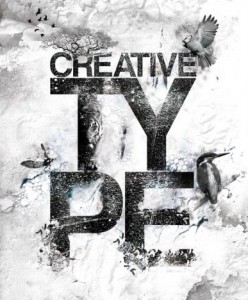Use a forgotten sleep pattern to tap into your creativity
It happened again!
Last night, I went to sleep around 10:30 pm and woke up around 2:30 am with my brain completely fired up and intent on keeping me awake. And so I struggled with my mind to find peace and calm to go back to sleep, to no avail. It probably took 1 to 2 hours to fall asleep again.
What’s wrong with me?
According to this fascinating article The myth of the eight-hour sleep, there’s actually nothing wrong with me and in fact my internal sleeping clock might be more in tune with the way humans are supposed to sleep.
In the early 1990s, psychiatrist Thomas Wehr conducted an experiment in which a group of people were plunged into darkness for 14 hours every day for a month. It took some time for their sleep to regulate but by the fourth week the subjects had settled into a very distinct sleeping pattern. They slept first for four hours, then woke for one or two hours before falling into a second four-hour sleep.
More recently, historian Roger Ekirch of Virginia Tech published a seminal paper, drawn from 16 years of research, revealing a wealth of historical evidence that humans used to sleep in two distinct chunks. From Homer’s Odyssey to an anthropological account of modern tribes in Nigeria, the pattern of “first sleep” + waking period + “second sleep” was the norm for thousands of years.
The waking period was a solitary experience and in fact a doctor’s manual from 16th Century France even advised couples that the best time to conceive was not at the end of a long day’s labor but “after the first sleep”, when “they have more enjoyment” and “do it better”. Oh, the French!
Today’s “8-hour sleep” is indeed a fairly recent concept and came about with the Industrial Revolution and most notably with the advent of street lighting.
Frolic with your muse…
What does this have to do with creativity?
As mentioned in this post, creativity is strongly linked to the presence of alpha-waves in our brain. According to Wikipedia, these waves are mostly present during the relaxed mental state of the wake-sleep cycle, where the subject is at rest with eyes closed, but is not tired or asleep. Ring a bell?
Based on my personal experience, it is often in the middle of the night that I find my best ideas, especially “out of the box” ideas that require to connect completely disjoint bits of ideas.
So the next time you find yourself awake in the middle of the night, between first and second sleep, don’t fight it! Instead see it as an excellent time to frolic with your muse. Keep a notebook (or your smart-phone like I do) to jot down your ideas as they come to you while your mind wanders. When you’ll awake in the morning, you will be amazed by what you and your muse came up with.
Happy frolicking!
PS: Have you experienced this bi-modal sleep pattern? Are you more creative in the middle of the night? Share your thoughts in the comments section below.







